The Freycinets’ Australian connections
Henry de Saulses de Freycinet
When the French are spoken of, in or around Australia, the first name that comes to mind is “La Pérouse” or “d’Entrecasteaux”. This shows that there is a large gap in knowledge of French expeditions and involvement in the Australian history, in my view.
Indeed there had been many French expeditions to Australia during the 18th and 19th centuries. Of course the La Pérouse expedition is the one that has been the most spoken off due to the mystery behind the disappearance of the ship and its crew. A French legend says that Louis XVI’s last words were to ask, “Do we have any news of Monsieur de La Pérouse?” This legend, amongst others, carries the idea that he was one of the great explorers of Australia, which in my view is quite wrong. Indeed he was a great seaman, but his accomplishments are not related to any expedition to Australia.
Monsieur d’Entrecasteaux’s fate was as tragic as La Pérouse’s. In the search for the latter, he died on the expedition and so did not return to France. Nonetheless his expedition has left an everlasting imprint on Australian shores, and the quality of his surveys of the coast meant his charts were used by other seamen long after him.
The Baudin expedition was definitely one of the most interesting voyages to Australia in those days. It produced the first full map of the Australian shores, nearly as we know them today. It also produced an incredible amount of scientific materials, from live animals to plants, sketches, anthropological studies, and an incredible amount of documentation relating to the exploration of Australia.
Louis-Henri and Louis-Claude de Freycinet were members of the Baudin expedition and left a significant mark in Australian and French history. They were both born in a small village named Saulces-sur-Rhône, situated near Montélimar in the south east of France. The family house, “Freycinet”, can still been seen today, although it is no longer in the family’s possession.
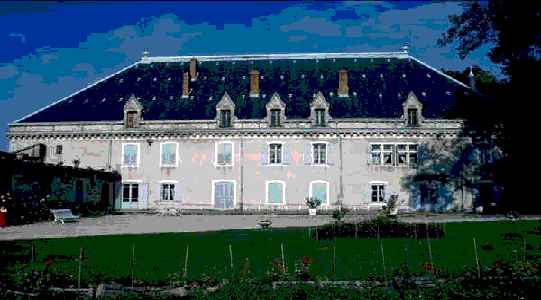
Figure 1 “Freycinet”- The Freycinet Ancestral Home
Louis-Henri and Louis-Claude’s father was in the silk trade in those days, he was from a bourgeois background rather than an aristocratic one. He gave his sons a very broad education and both of them soon developed a taste for the sciences and showed early aptitudes for this. At the age of ten, Henri (Louis-Henri, but to facilitate comprehension we will call him Henri and his brother Louis) wrote a letter to Buffon, who was the King’s botanist, to ask him in a naïve way, how he managed to accumulate his knowledge, and asking when in Paris, if he could visit his office to be instructed in such science. Sadly Buffon, already at an advanced age, died before he could reply to the two brothers.
They also had another brother, Casimir, who followed a different path and who had a son whose career in French politics was one of the longest in history.
At the end of the 18th century there was a lot of political unrest in France following the Revolution, which made things complicated and at times dangerous across the country. Louis Desaulses decided to take his sons to Toulon to enrol them in the French Navy, which in those days was at the head of scientific research, and so it fitted well with the two brothers scientific aspirations.
They embarked for the first time as lieutenants 3rd class, on the 27th of January 1794, on the vessels L’Heureux (Henri was 15 and Louis was 13 ½ at the time). They would sail during the next six years on various ships, distinguishing themselves in combat, mostly against the British Empire. From that point on they in fact served 11 consecutive years on the same ships or expeditions, which underline the closeness between them.
Henri’s first command was of a schooner named La Biche in March 1800. His mission was to protect a Spanish fleet, being readied for an attack on England, which was anchored in the bay at Brest. But during the night an English cutter came upon them and after a fierce battle off Lanvéoc (which is now where the French Navy Officer’s school is located), Henri claimed his first victory and his first injury, to his arm.
They then both embarked in October 1800 on the Baudin expedition, Henri on the Géographe and Louis on the Naturaliste. Unfortunately the expedition did not fulfil its expectations, mainly due to Baudin’s inability to command both naval officers and scientists. The art of commanding a ship is one that takes a long time to learn, and for Baudin, however good a merchant navy captain he was, this expedition proved to be an uneasy one for him. While this may be perfectly understandable when looking back on it, alas Louis and Péron, who completed and published the atlas, were not so forgiving at the time.
Nonetheless, the two brothers showed great aptitude during this voyage and Louis was given his first command in Port Jackson. The schooner Casuarina was bought so they could get closer to the shore and establish more accurate readings. The Naturaliste was sent back to France, due to so many losses among the crew on the expedition and Baudin, very wisely, wanted to send back specimens that might not be able to endure a longer journey.
Baudin died in the Île de France (now known as Mauritius) on the way back. Henri was to take command of the expedition for the rest of the journey but Milius was given the command by the Admiral Linois who was in Île de France then. It is interesting to see that Henri followed Milius on other occasions, but they remained good friends. His posting as Governor of the Île Bourbon also followed Milius, and similarly in French Guyana.
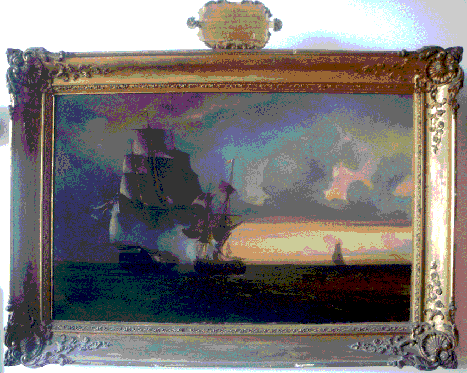
Figure 2 The Phaeton (small French ship on the right) taking on the La Pique (the larger one on the left).
Off the coast of St Domingo, 26th of March 1806.
They arrived back in France on the 24th of March 1804 after 41 months of travel. After a few months of leave Henri was given command of the brig the Phaeton and later the Voltigeur, with Louis under his command. It was to be the last time they would sail together.
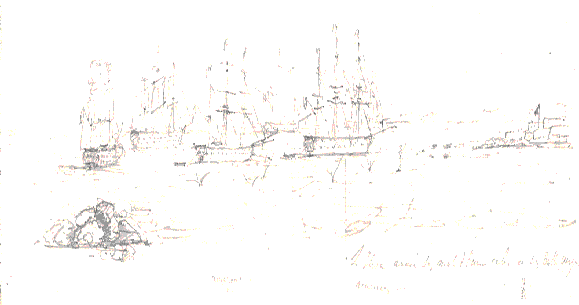
Figure 3 This small sketch is supposedly by Louis-Henri de Saulses de Freycinet, of the Elisa, a ship that he commanded from 1808 to 1811.
Louis, unwell, was sent on leave again, before being reassigned to the Dépot des Cartes (French Navy Hydrographical Department). Henri, during a journey between France and French Guyana, engaged in combat with an English ship, the Reindeer, and was severely wounded in the leg. Then a few days later he was attacked again, by the better-armed schooner La Pique, also English. He lost his arm in this battle, taken off by an English round shot. It is interesting to see his correspondence after that event, the tilt on his signature became completely reversed, but sadly there is no picture showing him without his arm.
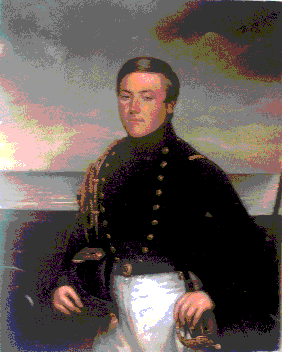
Figure 4 Charles Henri de Saulses de Freycinet,
son of Louis-Henri de Saulses de Freycinet.
It seems there is no representation of Louis-Henri, and this painting was for a long time mistakenly thought to be of him.
Henri followed a traditional naval career as a respected officer, esteemed Governor of three different colonies and a greatly admired Admiral. He also had two sons, both of whom became Admirals. The last remaining Freycinets are his direct descendants.
Louis on the other hand concentrated exclusively on the publication of the Atlas of Voyage aux Terres Australes, the official account of the Baudin expedition. It resulted in the publication of the first full map of Australia, known as the “Freycinet map” or the “1811 map”. This map was based on the expedition’s surveys, information exchanged with Matthew Flinders and previous charting done by other explorers.
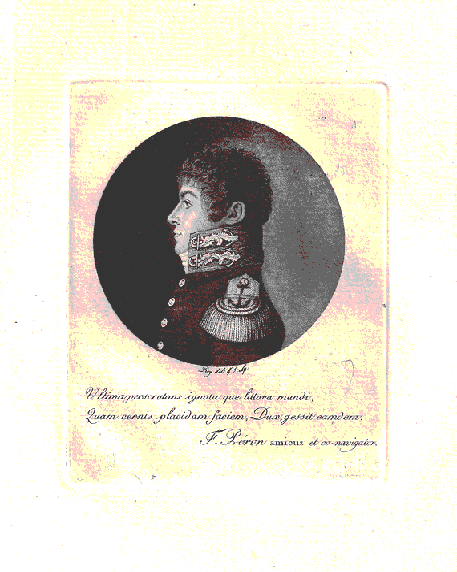
Figure 5 Louis-Claude de Saulses de Freycinet. (1779-1842).
This medallion was probably done at the same time as Rose’s medallion, which is of similar style and shape, perhaps prior to their departure for the URANIE voyage. But this one has a Latin annotation by F. Péron, friend and fellow scientist on the Baudin expedition.
[TRANSLATION: The Captain, whose calm features you behold, undertook an investigation of the world’s most distant, unknown coasts. F Péron, friend and fellow navigator]
When he had completed this task, which took six years more or less, he then threw himself into another expedition to the “Terres Australes”. This time he had meticulously planned everything himself, and having learned from Baudin’s mistakes, he carefully chose his crew and took great care in the preparation of the ship. The voyage, and the publication that resulted, Voyage de l’Uranie Autour du Monde, was a success despite being shipwrecked in the Falklands Islands. Considerable work had been accomplished and he was honourably discharged after the shipwreck. Of course what was remarkable about this particular expedition (Uranie, 1817-1820) was the unusual and unexpected presence of his wife Rose on board. She is now better known than her husband or brother in-law. The account that she gave of the journey, in letters written to her mother and other members of the family, was compiled in 1926 to form what is now known as the “Journal au Tour du Monde de Rose de Freycinet à Bord de l’Uranie”. The fact that she embarked in Toulon dressed as a young lieutenant was intriguing, but it seems that it was a highly premeditated action. There is evidence that Louis had the cabin modified so that he could accommodate an extra person in his cabin!
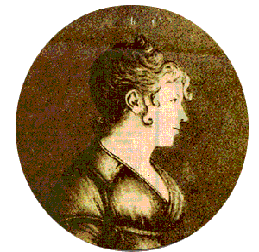
Figure 6 Rose de Saulses de Freycinet
Louis and Rose are both buried in Freycinet at Saulces-sur-Rhône. Henri is buried in Rochefort, in the family’s tomb, with his wife and later his children.
The imprint that the two brothers and Rose left can still been seen today. There are 11 landmarks in Australia which bear the name Freycinet. There is an island near Cape Horn and an island in the South Pacific named after Rose, as well as an island just off Nouméa (French Caledonia) named after one of Henri’s sons. In Paris there is a street named after Louis in the 16th arrondissement, near the Eiffel Tower. But there are also numerous species and plants whose names originated from the two brothers, like a little frog endemic to the eastern Australian coast, “Freycinet’s frog”, and a small type of banana named “Freycinette” too.
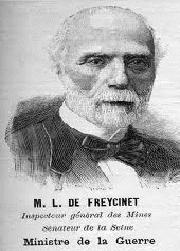
Figure 7 M. L. de Freycinet
Their little nephew Charles de Saulses de Freycinet (1828-1823) also had an illustrious career. He had one of the longest careers recorded in French politics, and was given many responsibilities as well as occupying a number of ministries. His passion for science lasted until the end, and he published his last paper at the age of 92. There are also landmarks named after him and various industrial innovations.
The family’s contribution to history has received wide recognition over the years but the Australia on the Map: 1606 – 2006 initiative started to raise awareness of the early French explorations around this continent. The work done by the Woodside Valley Foundation and now Australia on the Map, as the history and heritage branch of the Australasian Hydrographic Society, is responsible for providing proper recognition of the French contribution to the exploration of Australian shores. The success of the 19th June 2011 symposium shows the great interest Australians now have in their French connections.
